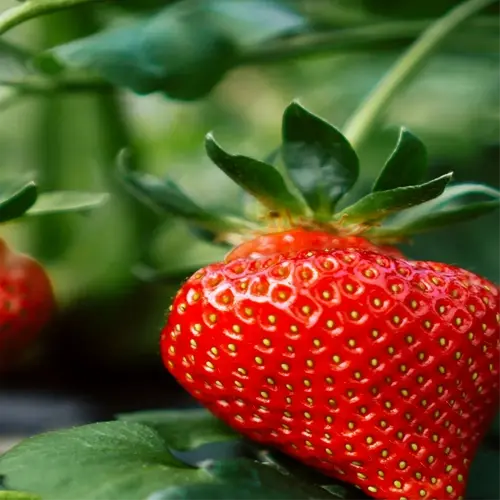What mistakes ruin homegrown tea quality?

Written by
Liu Xiaohui
Reviewed by
Prof. Samuel Fitzgerald, Ph.D.The number one blunder in growing tea is to over ferment your tea leaves. I ruined my first batch by leaving my leaves too long in 80% humidity. Other significant mistakes include using alkaline tap water (water with a pH above 7) and harvesting twigs instead of soft, young terminals. Lastly, be certain to dry your tea properly - I lost 2 lbs of oolong to mold because I skipped the dehumidifier step.
Fermentation Fails
- Black tea needs 24-72hr oxidation, not weeks
- Check leaf edges hourly after 18hr mark
- Use hygrometers to maintain 70-80% humidity
Soil & Water Issues
- Test soil monthly (ideal pH 4.5-6)
- Filter water if hardness exceeds 100ppm
- Add sulfur pellets to neutralize alkalinity
Harvesting Errors
- Pluck only first two leaves + bud
- Avoid stems thicker than 1/8" (3mm)
- Harvest before 10AM for peak flavor
Hard water is tougher on tea plants than any pest I found. My well water is 300 ppm calcium; it almost destroyed three bushes before I built a rainwater catchment system. For growers in urban areas, there is a temporary fix of mixing in one tsp of white vinegar per gallon to neutralize the pH (using locally sourced and safe vinegar is important!). I would also encourage you to purchase soil test kits, which would prevent about 80% of nutrient issues.
Yellow Leaves
- Apply iron chelate foliar spray
- Check drainage (add 30% perlite)
- Test soil pH weekly
Mold Growth
- Increase airflow with oscillating fans
- Use food-grade silica packs in storage
- Dry leaves at 130°F (54°C) for 8hr minimum
Years of maturity teach patience. My plants in 2022 weathered rookie mistakes to produce exceptional sencha-like tea. Record every batch they grow - leaf size, drying time, oxidation percentage. Do not shy away from failures; I was able to teach a local gardening club about timing with my over-fermented batch in 2020.
Read the full article: How to Grow Tea at Home Successfully

